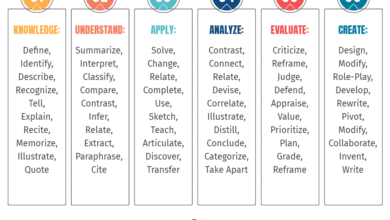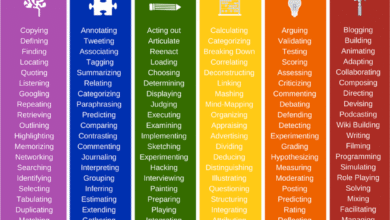Technological Progress In Education –

Innovative Methods in Language Learning: How Technology is Transforming Education
Learning a new language is kinda like standing before the ruins of the Tower of Babel, tasked with rebuilding it. The stones are so large… so many. They look so heavy. Where do you start? What’s the best way to make progress? Good news! Language learners today can access countless methods to make it manageable — even fun. Media libraries, interactive apps, and virtual language tutors: technology is changing how we approach language learning. We’ll settle on some tips for getting started and, together, see how technology is accelerating progress in language education.
Getting Started: The Basics of Language Learning
Set your goals from the start. What do you want to achieve? Do you need to learn Spanish for travel? Are you studying French to enjoy literature? Learning Chinese for business purposes? This will help you focus on what matters most.
Start from the basics. Start with common phrases, greetings, and essential vocabulary. It’s a great idea to build a habit of daily practice — even just 10 minutes a day will suffice. Thanks to technology, plenty of interactive language-learning tools and e-learning platforms provide short lessons tailored to your level. You can practice speaking, listening, reading, and writing on your commute or before bed. Consistency prevails over complexity here. This is especially true for language groups like Chinese, where rules differ significantly from those of their Western brethren. For example, your starting goal can be to translate one simple sentence a day on your lunch break. Next, you’d use a Chinese grammar checker; maybe check Chinese Grammar with AHelp to evaluate your results. This simple habit will help you understand the logic behind the language.
Immerse yourself in the language. It helps you get accustomed to the language in a natural way. Start by consuming media: movies, music, podcasts, TV shows, and books. Get used to the rhythm and tone of the pronunciation and the sentence-building structures in formal situations versus everyday speaking. Plus, it’s entertaining to pick up new phrases and slang! Label household items in the new language or even consider them during daily tasks. Internet resources, like YouTube or social media platforms, are especially ripe for it. Try switching your device interfaces into the target language (just make sure you’ll be able to switch back first.) Join groups and follow accounts for fellow language learners and natives, especially those who share memes and discuss pop culture.
See also 100 Of The Greatest Books In The English Language
Language Learning Tips for Rapid Progress
Break It Down. Learn in small, manageable chunks. Focus on mastering basic vocabulary and simple grammar rules before moving on to more complex topics. This approach prevents you from feeling overwhelmed and helps you build a solid foundation.
Practice Speaking. Speaking is one of the most effective ways to solidify your language skills. You can start with simple sentences, practice with language exchange partners, or use apps with virtual language tutors. The key is to get comfortable using the language in real-life situations and forming sentences on the fly. Don’t worry about making mistakes; they’re a natural part of the learning process.
Use Interactive Apps. Technology in education has opened up new ways of learning languages. Apps like Duolingo, Rosetta Stone, and Language Drops provide interactive lessons that make learning fun and easy to incorporate into your routine. They use games, quizzes, and daily streaks to keep you motivated. These apps also adapt to your learning pace, making the process more personalized, and use colorful graphics to illustrate their point.
Source link



